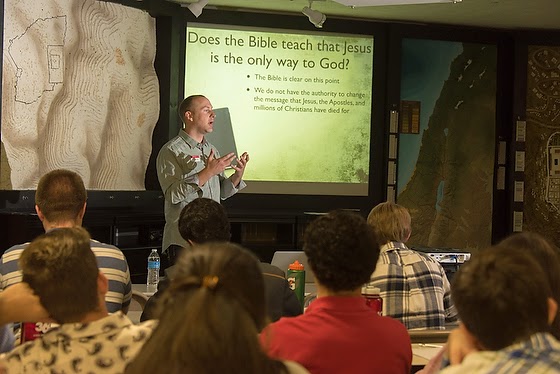 |
| Fuji X-E2, FUJINON XF 18-55mm, ISO 1000, ƒ/2.8, 1/500 |
Did you know that many people who are doing what they consider loving actions are actually hurting someone? More than often they are taking actions because it makes them feel better and not their friend.
I learned about this when I was a Social Worker. We call this behavior enabling and not helping behavior.
Enabling takes place when you are in some way allowing the addict, alcoholic, or afflicted individual to continue their destructive behavior. Enabling is often perceived as helping. The essence of enabling is permitting the addict to continue with their addiction, often by supplying money, shelter, legal aid, or any other form of help.
What I learned about enabling to avoid it requires you to know more about a situation. You must understand the root causes and not just the symptoms.
 |
| Nikon D4, AF-S NIKKOR 28-300mm f/3.5-5.6G ED VR, ISO 100, ƒ/6.3, 1/250 |
I think way too many photographers are approaching clients with problems and not solutions. They are just like those who are enablers–they do not understand the big picture and are shooting themselves in the foot over and over.
I believe today those who pitch ideas that are easy for a client just to plug into their situation get more jobs than those who pitch ideas that require the client to have to do more work to use their contribution.
Here some questions to ask yourself about your pitch:
- What problem does my idea help solve for the client?
- What does my client have to do to implement my idea?
- If my idea requires help am I finding it and providing the total package or relying on the client to provide something?
- Does my pitch talk about how this addresses the clients issues?
- How do I know that my idea is good for the client?
- Do I have more than one idea in case the client says they are not interested for some reason or another?
To boil this down to the basic question you need to ask why should the client care about your idea. Don't assume they understand how this will help them–you need to have that as part of your presentation. It will show them you do understand them or it will show quickly that you do not understand at all what they are doing.

















































